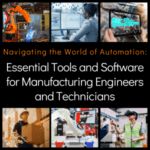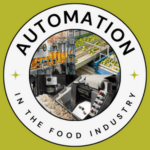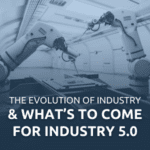How Manual Labor and Automation Coexist
This guest post was provided by Ultimation Industries.
From the wheel to the most advanced 3-D design platform, all tools have the same purpose — to make work easier. Automation certainly does this. By taking some of the most dangerous, tedious and labor-intensive jobs out of human hands, it makes modern industrial environments safer, workers happier, and profit margins wider. However, there is an enduring misconception that automated workplaces eliminate people altogether. Nothing could be further from the truth. A warehouse or production facility needs both automated and manual labor to be truly successful. Understanding how these two workforces coexist and complement each other is the key to unlocking their potential.
For example, some people don’t realize that automation doesn’t necessarily mean job-usurping robots. Even something as simple as a roller conveyor automates a particular element of the workflow. Without it, employees would be required to move heavy loads across the facility by sheer physical effort. Automation also can take the form of virtual assistance. This includes software platforms that perform many of the repetitive administrative functions of an office, such as scheduling and data management. But even the most sophisticated of these systems requires input and maintenance from trained operators. In many cases, working with these systems gives employees the opportunity to add to their skills and grow as professionals.
No matter how advanced technology becomes, no tool is better than the person using it. Rather than putting jobs in jeopardy, automated systems enhance and enrich those jobs by freeing workers from burdensome and mundane tasks. To learn more about how the two can effectively coexist, see the infographic below.


About the Author:
Jacqueline Canny is CEO and Owner of Ultimation Industries. She has a long career in sales and marketing leadership positions across a variety of industry sectors. Her strong belief in the growth potential for the Michigan manufacturing sector was behind her acquisition of Ultimation in 2011. Her vision is to continue growing Ultimation into one of Michigan’s leading woman-owned businesses and conveyor manufacturers.





